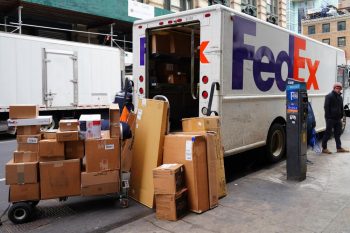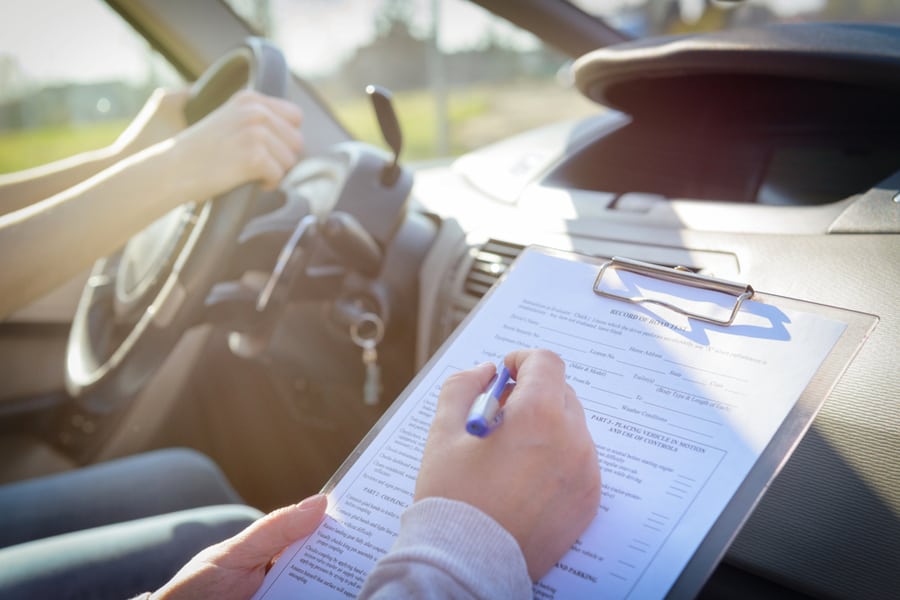
Becoming a UPS driver is a goal for many, but the process can be daunting. One important step in the process is the UPS road test.
If you recently appeared for this test, you might wonder what happens next.
Once you have cleared all the hectic paperwork and applied for the driver job at UPS, you might be called in for a road test.
The supervisor will test your ability to handle a UPS truck, and after you clear the test, there are a few more steps that you need to go through to become an active driver.
Those steps include the following:
- Background Check
- Physical Screening
- Driver Training School
- Probationary driver for 30 days
If you make it through the probationary period, you are most likely ready to be a UPS driver.
In this article, we will explore what happens after the UPS road test so that you can get a better picture of the evaluation process and plan how to improve your performance if necessary.
What To Expect After Road Test at UPS?
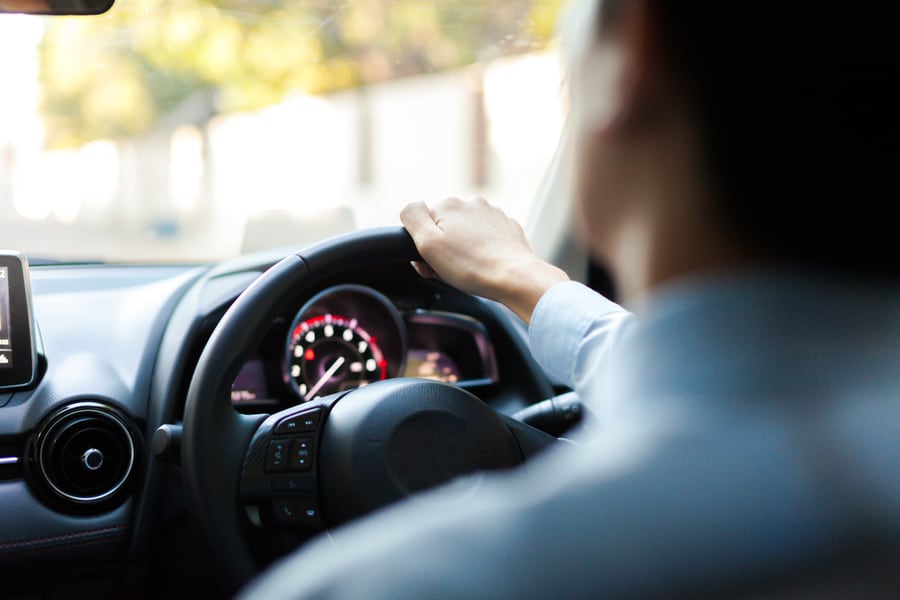
UPS (United Parcel Service) is one of the famous names in the courier business that does an exceptional job with delivery services.
From overnight shipping to global logistics, UPS has the solution for all your delivery needs and delivers reliability, speed, and convenience with every package.
It can be a great place to work, as it offers its employees many perks, such as healthcare, tuition assistance, and pension plans.
If you are looking forward to a driver job at UPS, there are a few steps you need to go through to reach the road test:
- Submit an application.
- If you are short-listed, you’ll be called for an interview.
- Once you clear the interview, you have to provide onboarding documents.
- After they’ve checked your documents, you’ll be able to schedule yourself for the road test.
- Select the date and submit the documents required for the road test.
- Appear for the test on the chosen date.
If all goes well, you make it to the test and appear for it.
Let’s see some things that happen after your road test at UPS:
1. Background Check
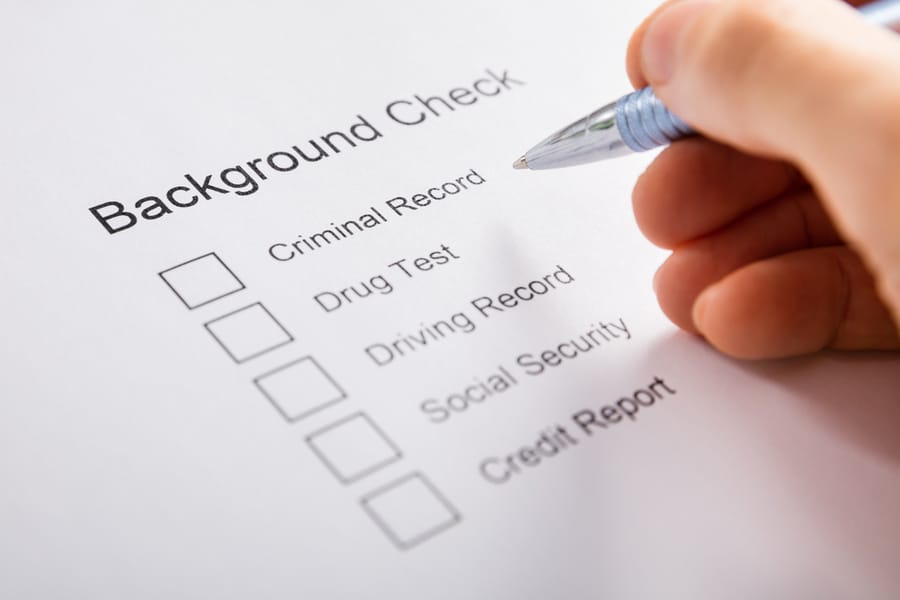
The first thing they will do after your road test is to make sure you have a clean record. UPS will perform a background check on you for the last seven years.
This background check will screen your driving record, criminal record, and history of narcotics.
2. Physical Screening
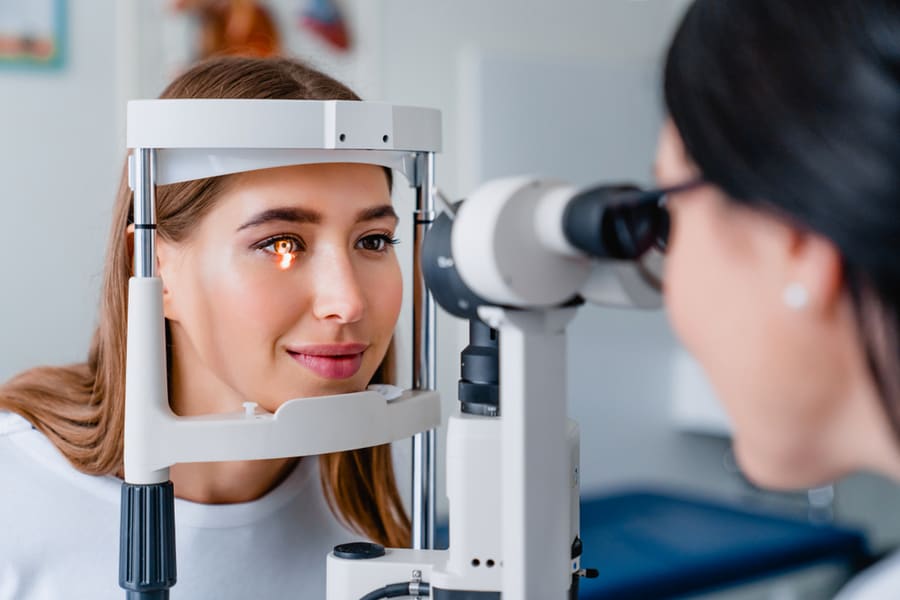
The next step is the DOT (Department of Transportation) physical. This general checkup ensures there’s nothing physically wrong with you.
You’ll appear for the routine eye exam, reflexes, hearing, and hernia tests. The whole process will take an hour, give or take.
3. UPS Driving School

Once you are done with your medical and background screening, UPS will send you off to its driving school, where you will spend five days of training.
You will be provided with a room in the hotel closest to the training facility, and all expenses will be covered, including meals and gas.
Not only this, but you’ll also be paid the driver’s starting wage.
UPS will provide you with the uniforms you’ll wear for your class. The classes start at 8 a.m. and go on until 4:30 p.m. (the timings may vary).
The driving school also includes practical driving to prepare you for the actual road.
If you make it to school, you don’t have to worry about failing (unless you crash the car) because they already have spent enough on you to send you home.
4. Probationary Driver

After you finish your UPS driving school tenure, it’s time for a probationary period. After that, you will ride with your supervisor for about 30 days and sometimes take over the wheel to stay in practice.
After your supervisor feels you are getting the hang of it, he might sign you off to start delivering packages on your own.
At this point, you should pat your back as you made it, and you’re finally a driver at UPS.
Tips for UPS Road Test
You might be a good driver with the confidence that you can easily make it through the road test, but it’s still a good idea to come prepared on the test day.
Here are a few tips that could come in handy for your road test at UPS:
- First, you should be familiar with driving a manual transmission vehicle.
- UPS will likely give you an old truck without power steering to test your ability. However, you’re in for a rough ride, so practice driving an old truck before your test.
- Try to figure out the route you’ll take for your test and make a few rounds on that route to familiarize yourself.
- UPS has large trucks, and you’ll likely drive one on your test, so take wide turns to avoid clipping the curb.
- Follow all traffic laws and signs.
- Don’t drive too fast or too slow. Fast is dangerous, and slow will delay the delivery, so go at optimal speed.
- Be mindful of traffic lights.
In addition to the above instructions, the most simple yet important tip is to avoid crashing.
Final Word
Your journey to becoming a full-time driver at UPS is not that simple.
UPS is an international courier business that gets a high volume of applicants each year, from which it selects the best candidates for the job.
As for drivers, they play a significant role in the courier business, and UPS aims to select the best ones out there.
The drivers must go through several steps before officially taking over the wheel.
After you have cleared the interview, you’ll have to appear for the road test, where a supervisor will assess your driving abilities.
Once you pass the road test, UPS will perform a background check and ask you to appear for a physical screening.
If everything works out fine, you will be ready to attend UPS driving school for a week.
After you pass driving school, you’ll have to do 30 days of probationary duties with a supervisor.
Once he feels confident about your performance, you are ready to deliver the packages as a full-time UPS driver.
Frequently Asked Questions
Can You Reapply After You Fail a Road Test?
If you fail the road test at UPS, then you have to wait for a year before you can apply again. This rule applies to both package cars and feeders.
How Many Hours a Day Do UPS Drivers Work?
UPS drivers’ working hours depend on the work week and route.
On average, a part-time driver works between 2 and 7 hours a day, whereas a full-time driver will work between 8 and 10 hours, which can touch up to 12 to 13 hours depending on the number of packages waiting to be delivered and the route.



